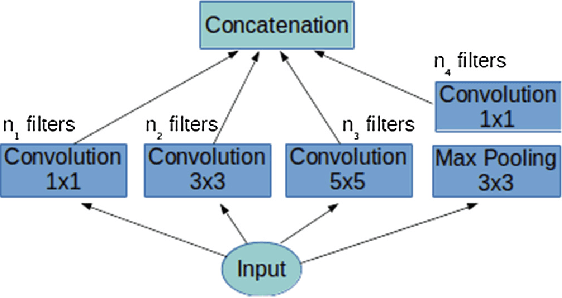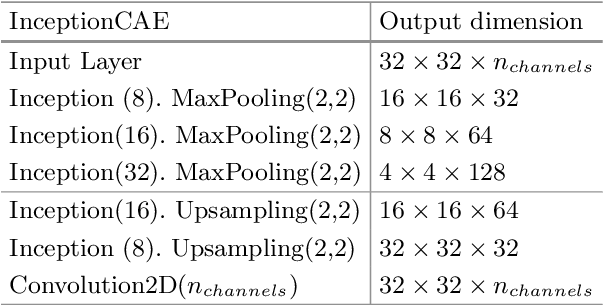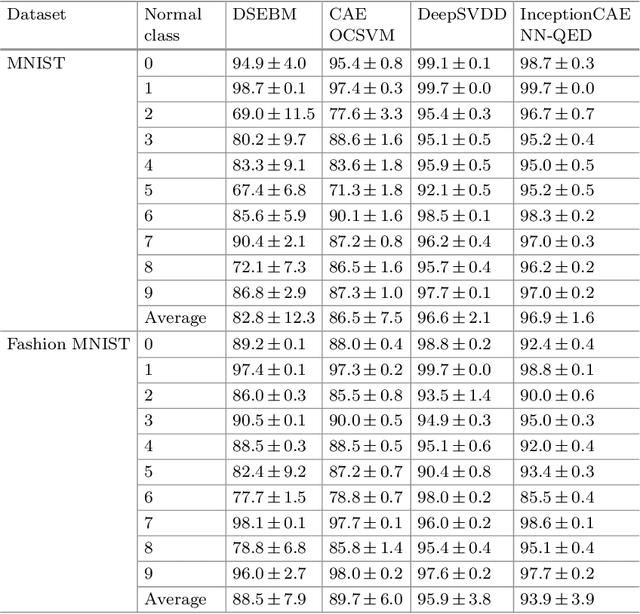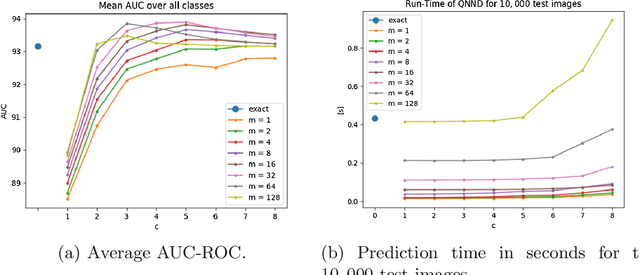Fast Distance-based Anomaly Detection in Images Using an Inception-like Autoencoder
Paper and Code
Mar 12, 2020



The goal of anomaly detection is to identify examples that deviate from normal or expected behavior. We tackle this problem for images. We consider a two-phase approach. First, using normal examples, a convolutional autoencoder (CAE) is trained to extract a low-dimensional representation of the images. Here, we propose a novel architectural choice when designing the CAE, an Inception-like CAE. It combines convolutional filters of different kernel sizes and it uses a Global Average Pooling (GAP) operation to extract the representations from the CAE's bottleneck layer. Second, we employ a distanced-based anomaly detector in the low-dimensional space of the learned representation for the images. However, instead of computing the exact distance, we compute an approximate distance using product quantization. This alleviates the high memory and prediction time costs of distance-based anomaly detectors. We compare our proposed approach to a number of baselines and state-of-the-art methods on four image datasets, and we find that our approach resulted in improved predictive performance.
 Add to Chrome
Add to Chrome Add to Firefox
Add to Firefox Add to Edge
Add to Edge